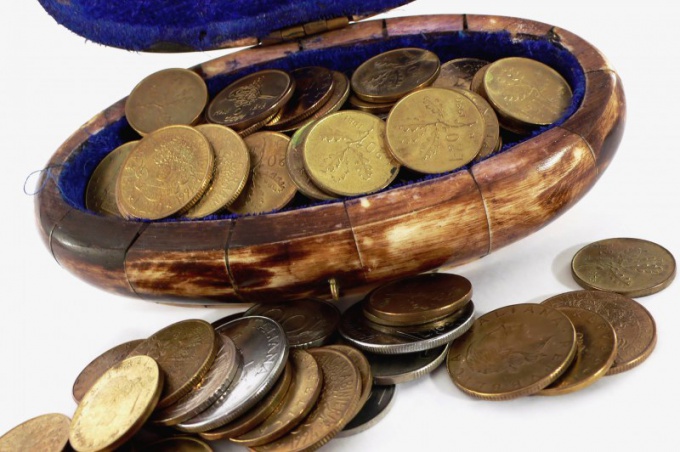You will need
- - Laundry soap;
- - citric acid;
- - acetic acid;
- water;
- brush;
- - Terry towel.
Instruction
1
Before you clean a coin, you carefully inspect it. If it is covered with a uniform film with a brownish tint (patina), you might do not should be cleaned. Noble as this film not only gives the coin a special effect "retro", but also protects the metal from scratches and damage. Very often, after removal of the patina on the coin formed microscopic indentations, which spoil its appearance and significantly reduce the cost.
2
The other approach will require coin with dark patina and layers of oxide characteristic greenish color. If contamination is insignificant, you can remove it with warm, soapy water. Grate a piece of soap in a deep plastic bowl and fill it with hot water. Stir the solution thoroughly and let it infuse. Put your coins in the bowl and hold it there for a few minutes. After that gently clean the plaque with a soft brush. Rinse the coin under running water and wipe them dry with a towel.
3
Citric acid is one of the most effective and safe substances that can remove the dark patina on copper. To prepare the solution, mix one sachet of citric acid and 100 ml of warm water. The prepared mixture is put your coins and keep them there for 10-15 minutes. During this time, the acid will react with the primary layer of the plaque without damaging the metal. If the reaction is not strong enough, you can add a few teaspoons of acid directly to the solution. Then treat the coins with a brush with soft bristles under running water and dry them thoroughly.
4
A more radical method of cleaning – soaking copper coins in a solution of acetic acid. For its preparation you can use 70% acetic acid which should be diluted to a concentration of vinegar is not higher than 20-25%. Or soak copper coins in the table 9 % solution of vinegar. To sustain coins in it, based on the degree of contamination, the larger the plaque, the longer time will be required to remove it.
